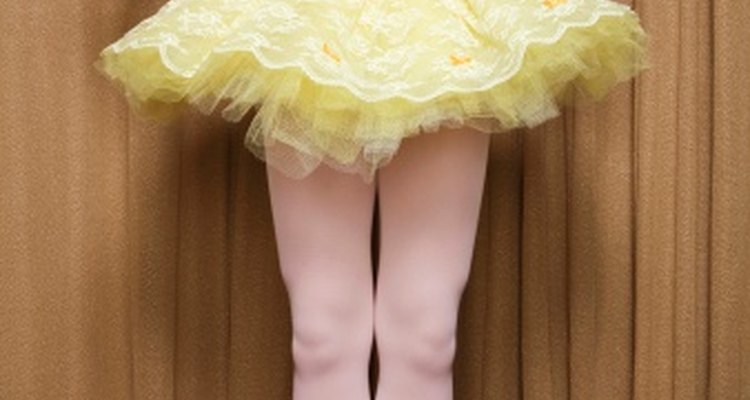
The four elements of design are crucial when designing a costume. If you don't take into account space, line, color and form when you design, the finished costumes will not be eye-catching or excite the imagination of the audience, and can even ruin a performance. Combine the four elements together in various ways to form a successful costume.
Space
Space refers to the area between different shapes. This includes the silhouette of the actor's body, the distance between the actor wearing the costume and props, backgrounds or other actors, and the outline of the costume, if it is larger than the actor wearing it.
Line
Line refers to how the costume is cut, the overall shadow cast by the actor in the costume, and the padding and seams on the costume. Lines vary based on thickness, direction, length and other physical attributes, with each accomplishing a different visual effect for the audience.
Color
Color is the most eye-catching and arguably the most important element of design. Color can change in brightness, shade or vividness to accomplish a different effect on the costume and actor. Use color to match skin tone or scenery, or create a contrast with scenery to focus the audience's attention.
Shape and Form
Shape refers to a flat area on the costume, while form talks about a three-dimensional area on the costume. Different shapes can cause different reactions from the audience; squares and rectangles represent stability, while triangles and other shapes with diagonal sides portray drama and conflict. Shape and form can also apply to the silhouette and human body.
Related Articles

What Is a Princess Line Dress?

Principal & Elements of Fashion Design
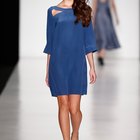
Sheath vs. Shift Dresses

Outfits That Flatter Tall Thin Women

What Is Draping in Fashion?
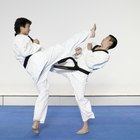
Fundraising Ideas for Martial Arts

How to Stripe My Eyebrows

Verbal Versus Nonverbal Communication
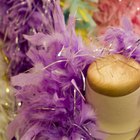
How to Attach Feather Boas

How to Construct a Kinship Diagram

How to Make a Caterpillar Costume
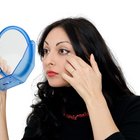
How to Dress Feminine, Girly and Womanly

How to Make Large Wall Silhouettes

How to Dress When You Are Overweight & ...

Outfit Ideas for an Apple-Shaped Body
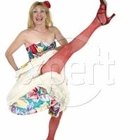
How to Make a Can-Can Costume
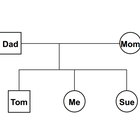
How to Draw Genograms

How to Make a Guitar Out of Cupcakes
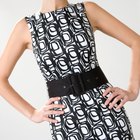
Dresses That Flatter an Hourglass Figure

How to Make a Cheerleader's Skirt
Writer Bio
Dylan Lamberti is a freelance writer who has been writing online since 2010. His articles specialize in health, writing tips and computers. He has been published on various websites.
Photo Credits
Jupiterimages/Brand X Pictures/Getty Images